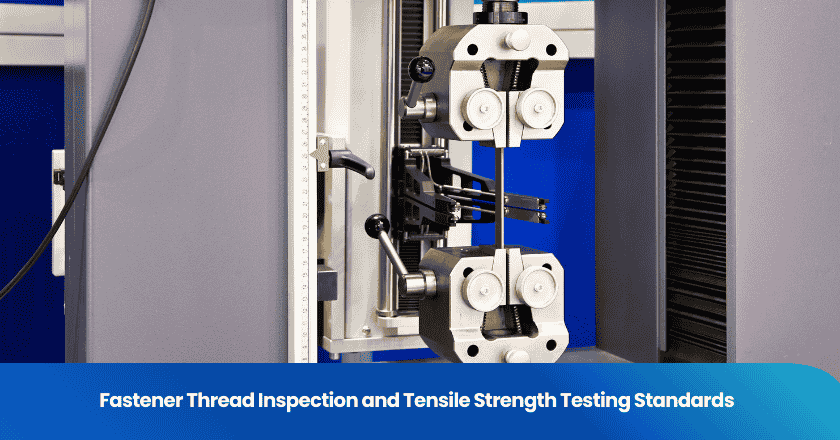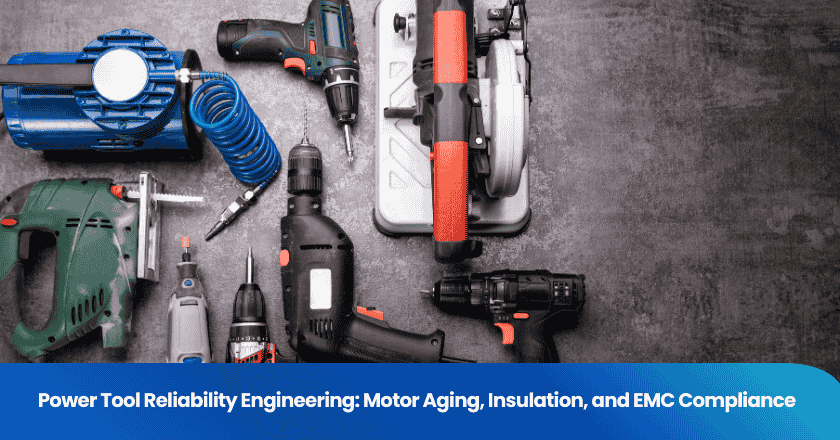
In the garment industry, delivering products of impeccable quality is of utmost importance. End line inspection, the final step in the quality control process, plays a crucial role in ensuring that garments meet the required standards before they reach the hands of customers. In this blog, we will delve into the significance of end line inspection in garment industry and how it contributes to delivering perfection in the final product.
Understanding End Line Inspection in Garment Manufacturing
End line inspection in garment industry is the last stage in the garment manufacturing process before the products are dispatched to the market. It involves a comprehensive assessment of each garment's quality, appearance, and adherence to the specified requirements. Trained inspectors thoroughly inspect the finished garments, identifying and rectifying any defects or discrepancies.
The Importance of End Line Inspection for Quality Assurance
- Customer Satisfaction: End line inspection ensures that the garments delivered to customers meet the promised quality and appearance. This leads to higher customer satisfaction and loyalty, as they receive products that meet their expectations.
- Brand Reputation: Consistently delivering high-quality garments strengthens a brand's reputation. End line inspection plays a significant role in maintaining a brand's image as a reliable and quality-conscious manufacturer.
- Reduced Returns and Complaints: By identifying and resolving issues before shipment, end line inspection helps reduce the number of returns and customer complaints. This results in cost savings and enhanced customer trust.
Key Focus Areas in End Line Inspection
- Product Appearance: The inspection team focuses on the overall appearance of the garment, checking for any defects in stitching, printing, embroidery, or finishing.
- Workmanship: Inspectors pay close attention to the workmanship quality, ensuring that each garment is well-crafted and meets the required standards.
- Size and Fit: Garments are checked for accurate sizing and fit, ensuring that they match the specified measurements and are comfortable for the end-users.
Collaborative Approach for End Line Inspection
To ensure a successful end line inspection process, collaboration among different departments is vital:
- Communication with Production Team: Effective communication between the inspection team and the production team helps address any recurring issues and ensures that improvements are implemented in subsequent production runs.
- Feedback Loop: Establishing a feedback loop between the inspection team and other stakeholders allows for continuous improvement in the manufacturing process and product quality.
Embracing Technology in End Line Inspection
In recent years, technology has transformed end line inspection in garment industry, making it more efficient and accurate:
- Digital Inspection Tools: Digital inspection tools enable inspectors to record data and findings electronically, reducing paperwork and streamlining the inspection process.
- Machine Learning and AI: Machine learning algorithms can be employed to identify patterns in defects, allowing for faster and more accurate defect detection.
End line inspection, which includes apparel inspection services, in garment industry is a critical step in the garment manufacturing process, ensuring that only high-quality products reach the customers. By focusing on product appearance, workmanship, size, and fit, end line inspection in garment industry contributes to customer satisfaction, brand reputation, and reduced returns. Embracing technology and promoting a collaborative approach can further enhance the efficiency and effectiveness of end line inspection, allowing garment manufacturers to deliver garments of unmatched quality and perfection. With this commitment to quality, the garment industry can build trust with its customers and continue to thrive in an increasingly competitive market.
Grow your business with TradeAider Service
Click the button below to directly enter the TradeAider Service System. The simple steps from booking and payment to receiving reports are easy to operate.



